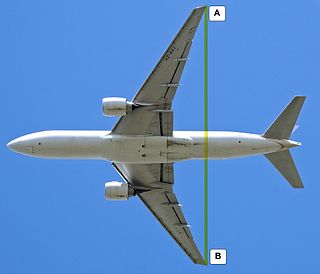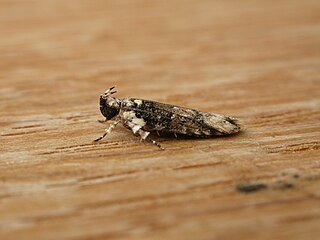| Voliba pycnosticta | |
|---|---|
| Scientific classification | |
| Kingdom: | Animalia |
| Phylum: | Arthropoda |
| Class: | Insecta |
| Order: | Lepidoptera |
| Family: | Crambidae |
| Genus: | Voliba |
| Species: | V. pycnosticta |
| Binomial name | |
| Voliba pycnosticta Turner, 1908 | |
Voliba pycnosticta is a moth in the family Crambidae. It was described by Turner in 1908. It is found in Australia, where it has been recorded from Queensland. [1]

Moths comprise a group of insects related to butterflies, belonging to the order Lepidoptera. Most lepidopterans are moths, and there are thought to be approximately 160,000 species of moth, many of which have yet to be described. Most species of moth are nocturnal, but there are also crepuscular and diurnal species.

The Crambidae are the grass moth family of lepidopterans. They are variable in appearance, the nominal subfamily Crambinae taking up closely folded postures on grass stems where they are inconspicuous, while other subfamilies include brightly coloured and patterned insects which rest in wing-spread attitudes.

Alfred Jefferis Turner was a pediatrician and noted amateur entomologist. He was the son of missionary Frederick Storrs-Turner. He introduced the use of diphtheria antitoxin to Australia in 1895. He was known by the nickname "Gentle Annie".
The wingspan is about 12 mm. The forewings are whitish, with fuscous, suffused markings. There is a basal patch and a transverse fascia and another in the middle, dilated on the costa. There is a spot on the costa, giving rise to a dentate line to the tornus and some fuscous suffusion on the termen. The hindwings are whitish, with some grey suffusion. [2]

The wingspan of a bird or an airplane is the distance from one wingtip to the other wingtip. For example, the Boeing 777-200 has a wingspan of 60.93 metres, and a wandering albatross caught in 1965 had a wingspan of 3.63 metres, the official record for a living bird. The term wingspan, more technically extent, is also used for other winged animals such as pterosaurs, bats, insects, etc., and other fixed-wing aircraft such as ornithopters. In humans, the term wingspan also refers to the arm span, which is distance between the length from one end of an individual's arms to the other when raised parallel to the ground at shoulder height at a 90º angle. Former professional basketball player Manute Bol stands at 7 ft 7 in (2.31 m) and owns one of the largest wingspans at 8 ft 6 in (2.59 m).
